Is your garage door opener safe? The Door & Access Systems Manufacturers Association (DASMA) has a technical data sheet giving instructions on conducting a comprehensive inspection of your overhead garage door and garage door opener, which you can download here: Garage Door Safety Checklist. While this is a great list, it covers a lot more than what we do for home inspections. For example, item #1 on the list says you’re supposed to look for safety labels. We don’t do that during home inspections.
For home inspections, we use a modified version of that checklist. Rather than re-write the entire list, I’ll cover the most common garage door opener issues we identify during home inspections. I’m not covering the stuff specific to the door alone, but I go over the inspection of the door in the video below.
Photoelectric Eyes Installed Too High
The photoelectric eyes for garage door openers must be installed within 6″ of the ground. This is because the garage door opener exerts much greater force at the end of its path.
Not only that, but when these sensors are installed too high in the air, it’s impossible to hit the garage door opener button, run out of the garage, and jump over the beam while the door is closing. I’m only half-kidding. What do you think the owners did with the garage shown below? I assume they dove under the beam and did a barrel roll while the door closed behind them.
While these sensors should never be installed at the ceiling, it does happen. A lot. Here’s a fun compilation of photos showing these sensors improperly installed, on purpose.
Old garage door openers that pre-date photoelectric sensors
Ancient garage door openers don’t have photoelectric sensors installed; they’ve been required since 1992. These dinosaur garage door openers should still auto-reverse if they hit an object that obstructs their path while closing, but the only way to know if that feature is functional is to do a live test. The industry standard test is to let the garage door opener close on a flat 2×4. If the opener auto-reverses when it hits the 2×4, it passes the test. If it doesn’t, it fails the test and should be adjusted or replaced for safety.
These pre-1992 garage door openers are old and fragile, so they frequently fail when tested with a 2×4. Because of this, we recommend proactive replacement of these units. New garage door openers typically cost $200 – $300, plus labor if you hire it out.
And to be clear, the 2×4 test is the only acceptable force test for a garage door opener. I’ve heard of home inspectors using their hand to stop the door, but they’re making up their own standards for testing the door when doing this.
Plugged into an extension cord
While a garage door opener plugged into an extension cord isn’t the worst thing that could happen, it’s unquestionably a defect. Extension cords are only supposed to be for temporary use, and every garage door opener manufacturer prohibits this. An extension cord is simply one more place for something to go wrong. The straightforward fix is to have an outlet installed.
Controls mounted too low
The wall button for the garage door opener should be installed at least 5′ above adjacent walking surfaces to help prevent little kids from reaching the button. When you measure the distance from the bottom to the floor, logic tells me to think like a kid and measure from where a kid would go to reach the button. That means measuring from the door threshold at the house/garage common door, not the garage floor.
When we find garage door opener buttons mounted too low, we recommend moving them. This is typically a 30-second fix.
Missing Emergency Disconnect
For any detached garage without a service door, it’s a good idea to have an emergency disconnect installed. Without one of these, there is no simple way to get into the garage if the power goes out, the GFCI device trips, or the garage door opener fails. Or the stupid home inspector lost the only remote control (yes, I did that once). I blogged about these many years ago: Garage door opener emergency release.
When it comes to home inspections and automatic garage door openers, I’d say this list makes up at least 95% of the stuff that we report on. When the time comes to replace your garage door opener, check out the latest and greatest to see if you’d like something a bit fancier.

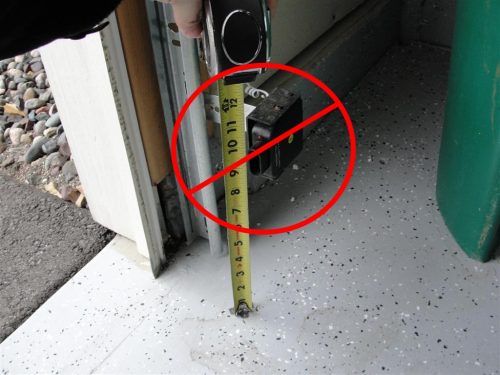
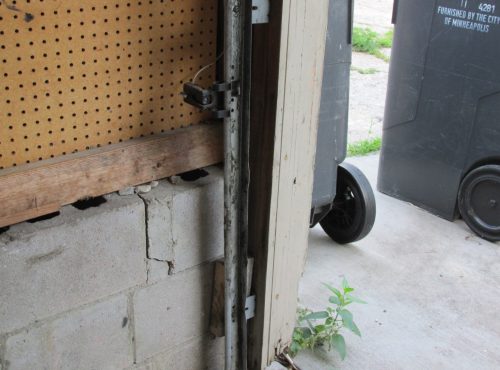

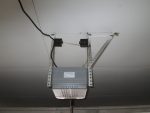
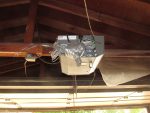
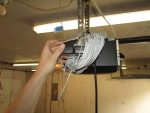
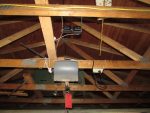
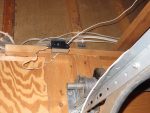
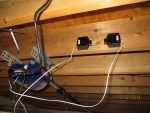
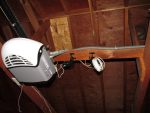
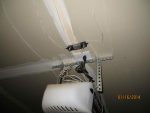
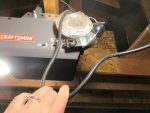
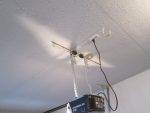
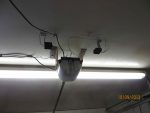

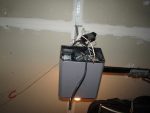
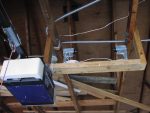



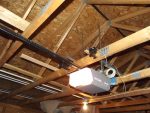
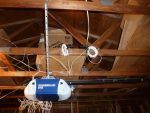
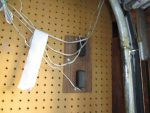


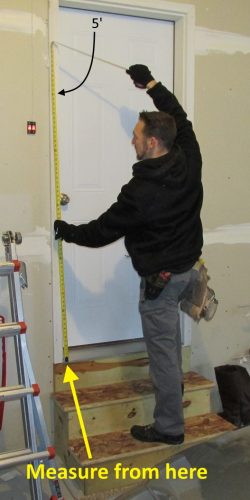
Tim Mengelkoch
January 31, 2017, 3:23 pm
Good story. Consumers Reports Magazine recommend using a large roll of paper towels still in the film wrap as the reverse test. The film wrap has air trapped in it so there is .resistance. They feel it better simulates soft tissue like a child’s neck or cat,I have tried it and it works